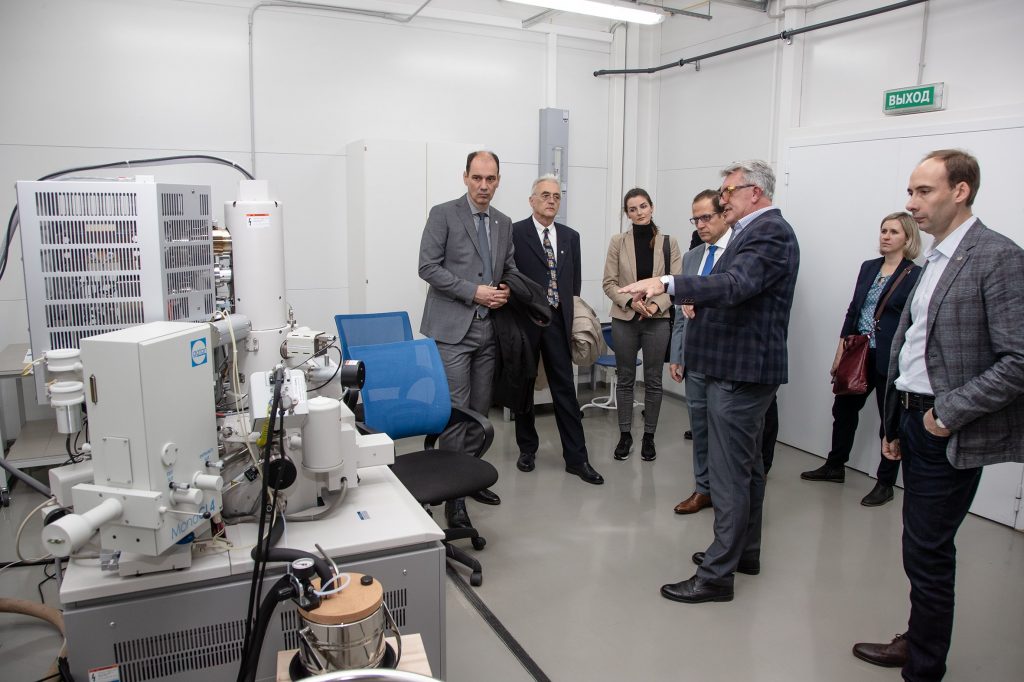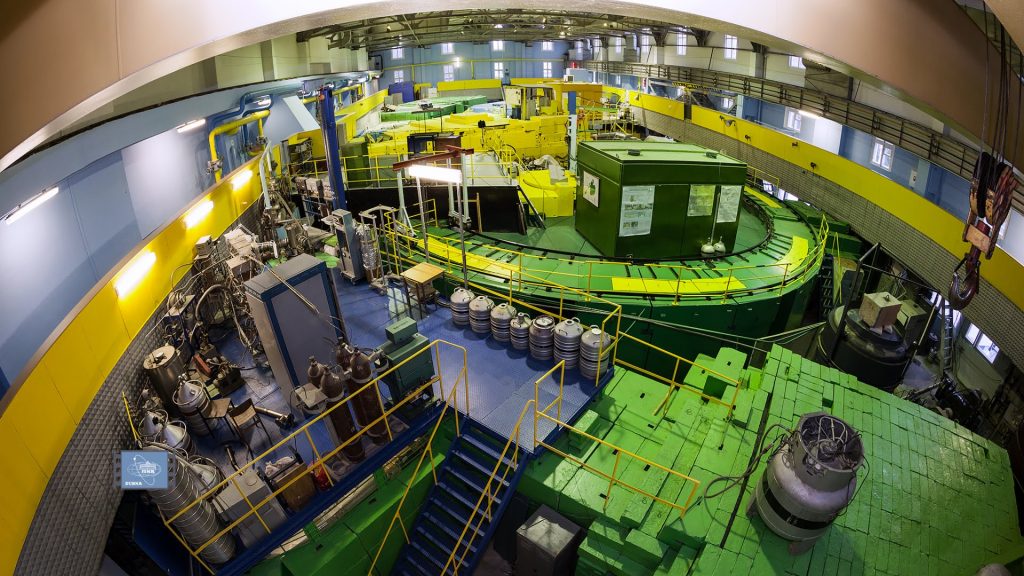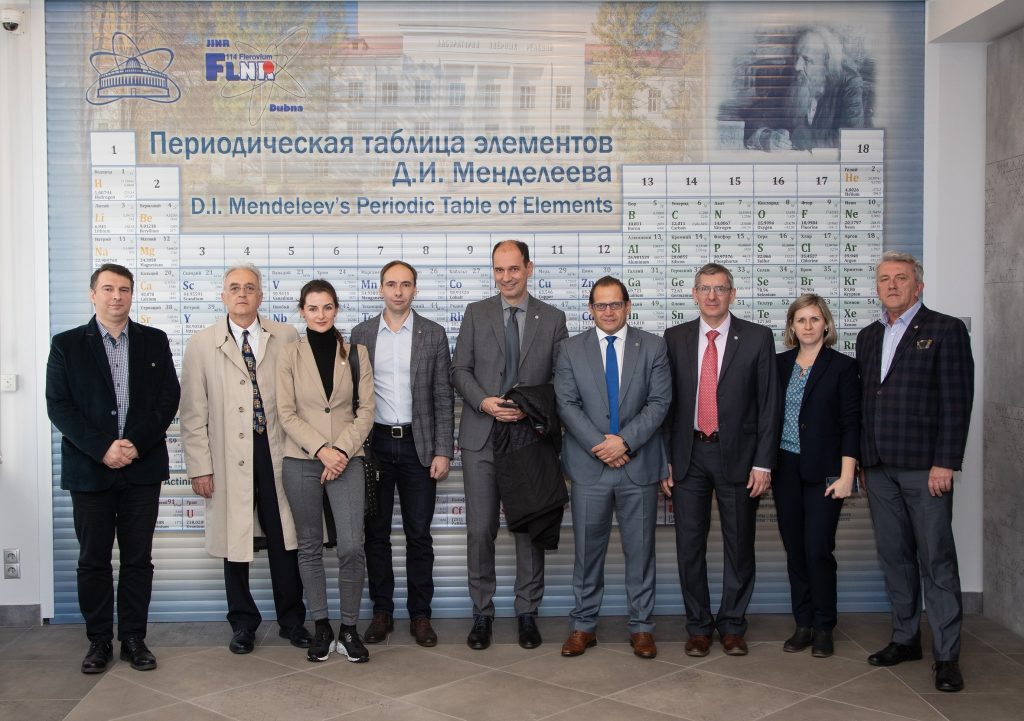
A delegation from Serbia that included researchers from the Institute of Physics, Belgrade, and representatives of the Serbian Ministry of Education, Science and Technological Development, State Secretary Prof. Vladimir Popović and Assistant Minister Prof. Viktor Nedović, as well as representatives of the Vinča Institute of Nuclear Physics, visited in mid-October the Joined Institute for Nuclear Physics in Dubna, Russia. During the visit, signatures were put on the Roadmap for Cooperation between the Ministry and the Dubna Institute and on the trilateral Memorandum of Understanding, with the Serbian Chamber of Commerce as the third signatory.
The documents provide for the continuation and further strengthening of joint research of the Institute of Physics, Belgrade, with an institution with which it has been successfully cooperating for several years now. As stated on the official website of the Ministry of Education, Science and Technological Development of the Republic of Serbia, the fifth session of the Joint Steering Committee of the Ministry and the Dubna Institute “precisely defined the obligations related to further cooperation.” At the meeting, the Serbian delegation showed great interest in the participation of young scientists in the programs for the development of human capacities run by the Joint Institute.

The Dubna Joint Institute for Nuclear Research is one of the major European institutions, along with CERN, DESY and INFN, with which the Institute of Physics, Belgrade, is cooperating. The Institute is located around 100 kilometers north of Moscow, in the place of Dubna, which was given the nickname “Nuketown” because of this research facility. The development of the settlement is inseparable from the decision of the former Soviet authorities to build an acceleration center at a safe distance from Moscow
The construction of scientific and other infrastructure started right after the end of World War II, while the Institute itself was founded in 1956 with the goal of joining the efforts, scientific and material potentials for research into fundamental properties of matter. At the same time, close to the Institute, by merging the nearby villages on the banks of the Volga, Dubna was erected and for a while had the status of a “forbidden city”, a place solely reserved for scientists.
Today, the Institute employs several thousand researchers, technical staff and doctoral candidates and is also open to the international community. Even though the majority are Russian researchers, the Institute’s resources are also utilized by researchers from other countries. Namely, the Institute’s founders include 18 countries (including the former Soviet republics), while Serbia is one of the six associated members.
Currently, researchers from the Institute of Physics, Belgrade, are working on two projects financed as part of the cooperation agreement: Neutron activation analysis of environmental samples and new materials, coordinated by Dr. Mira Aničić Urošević and Dr. Marina Frontasyeva, and Physics research at the NICA/MPD detector, coordinated by Dr. Dimitrije Maletić and Dr. V. Golovatyuk.

Photos: The Joined Institute for Nuclear Physics in Dubna




